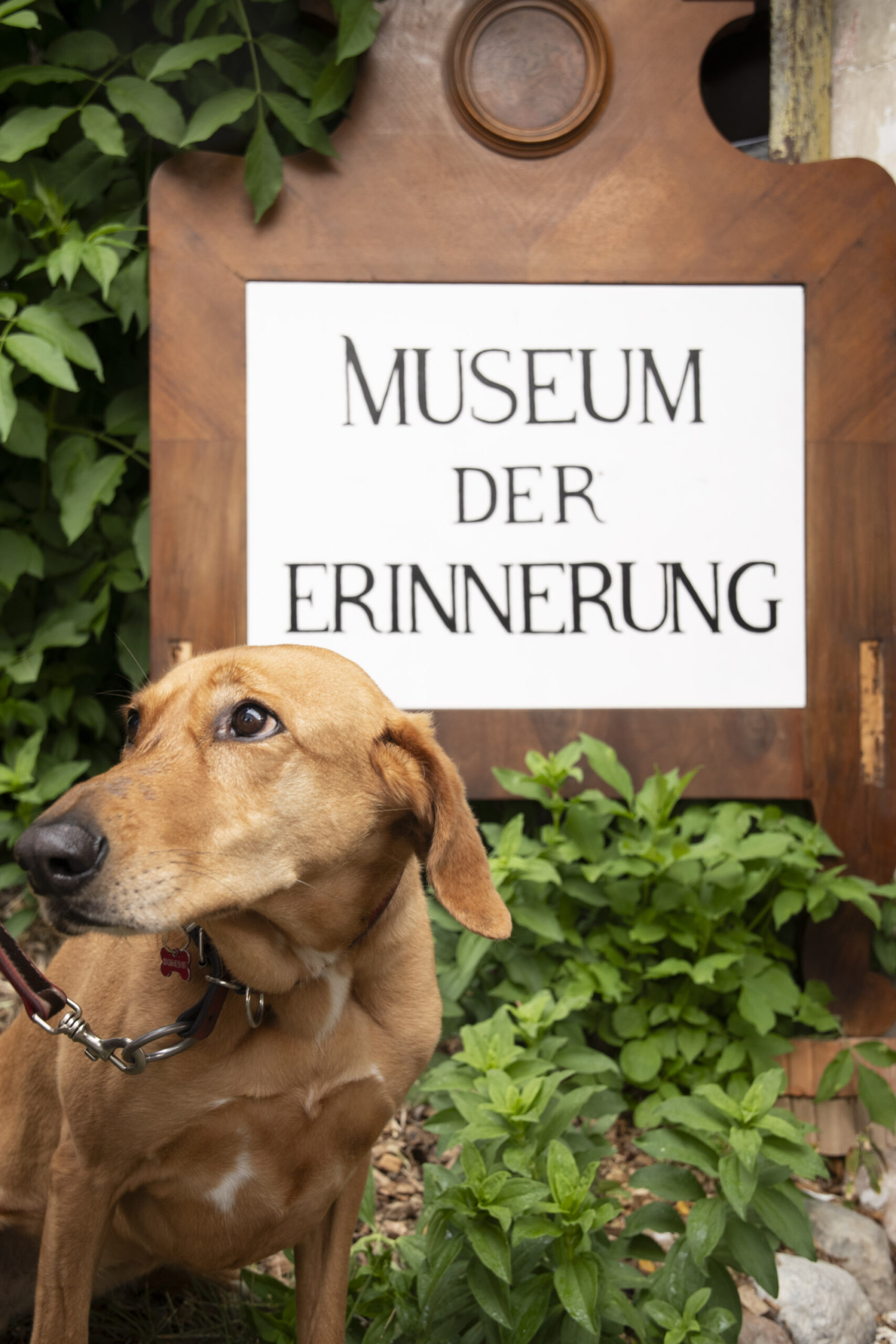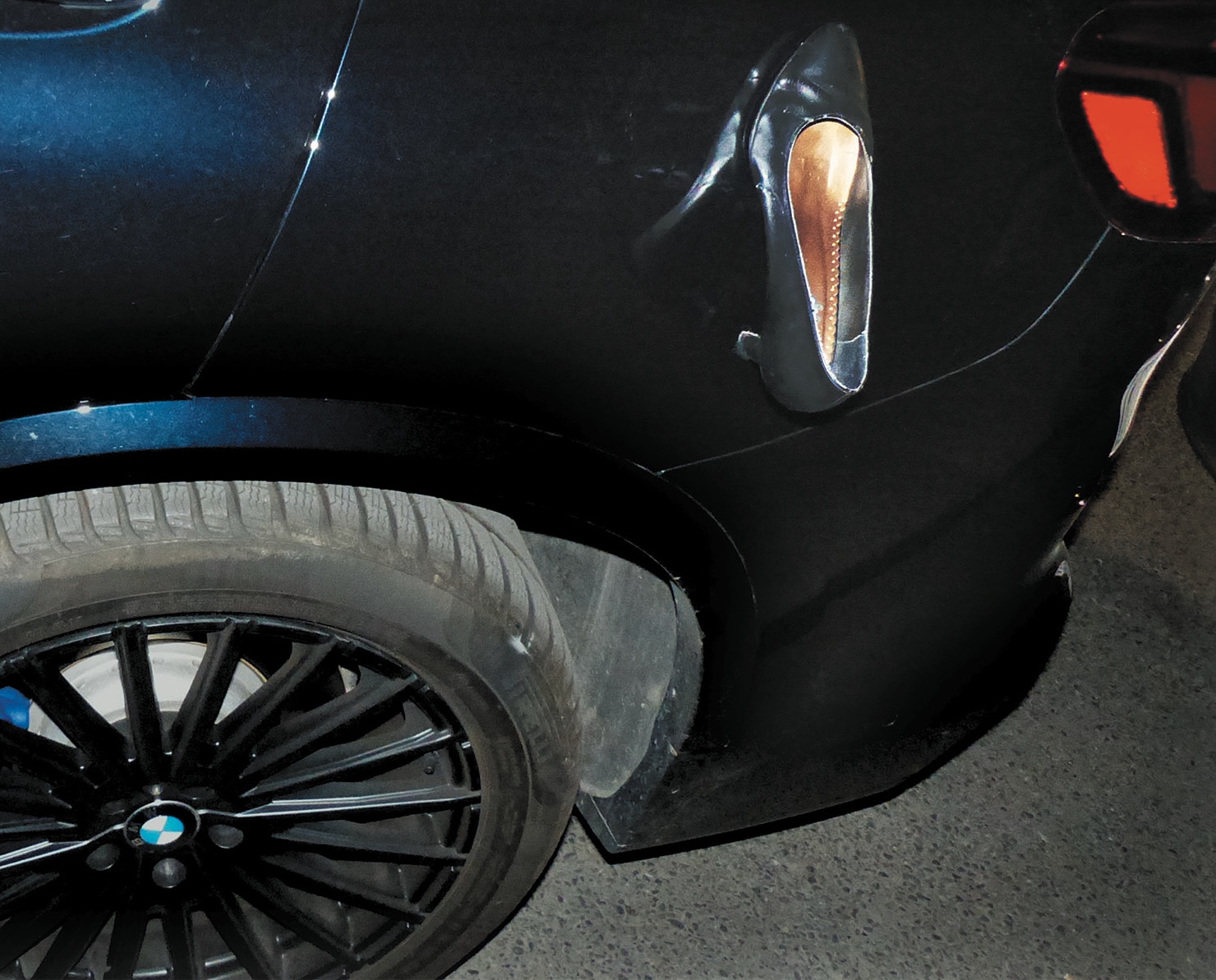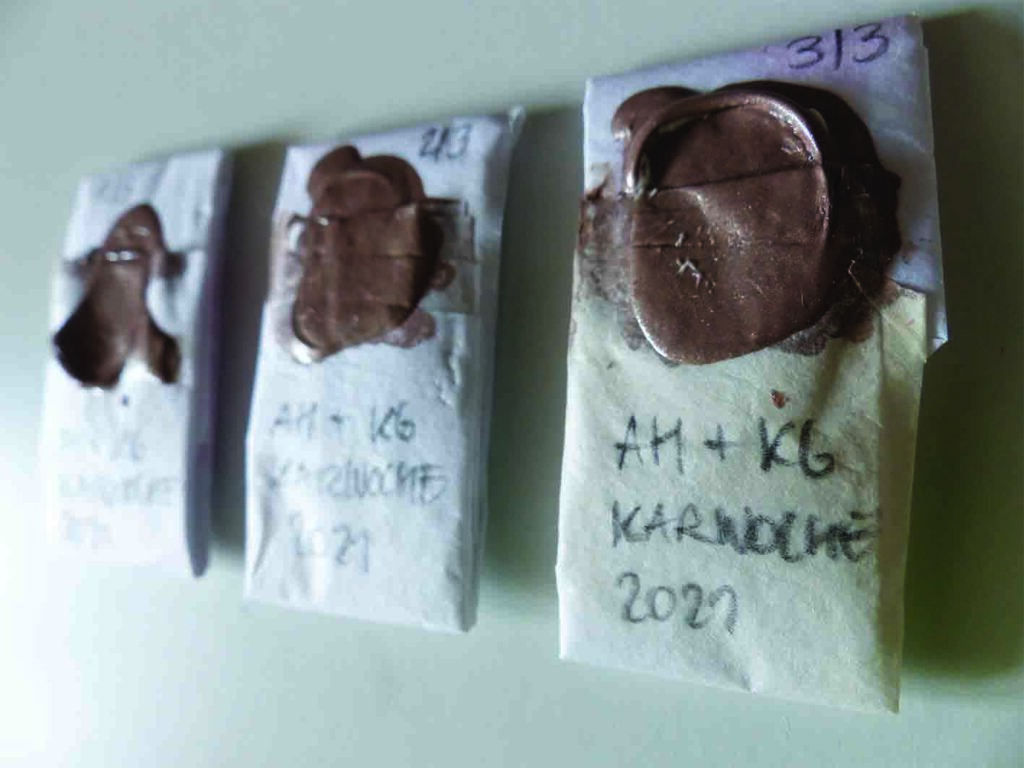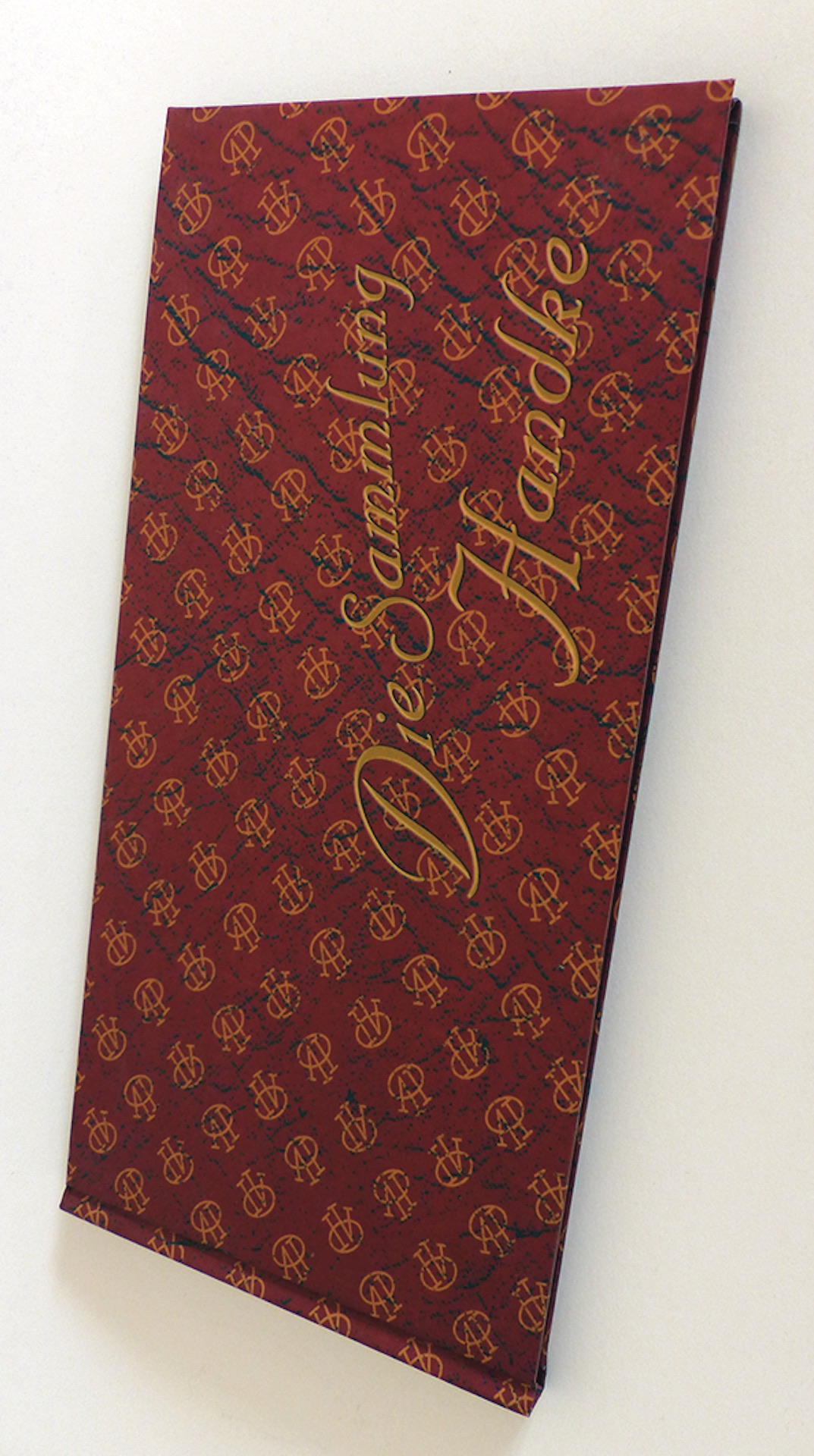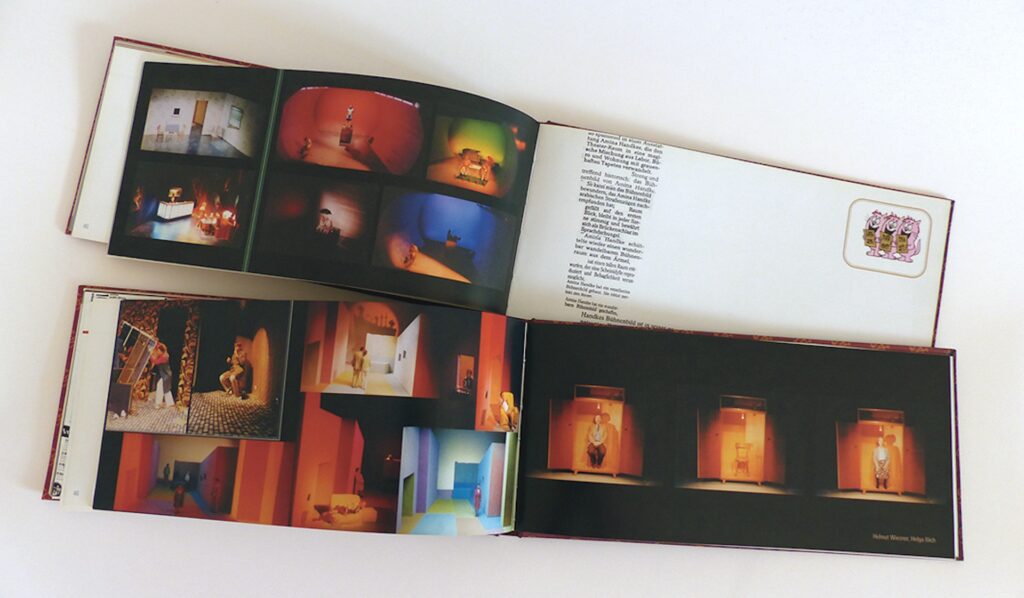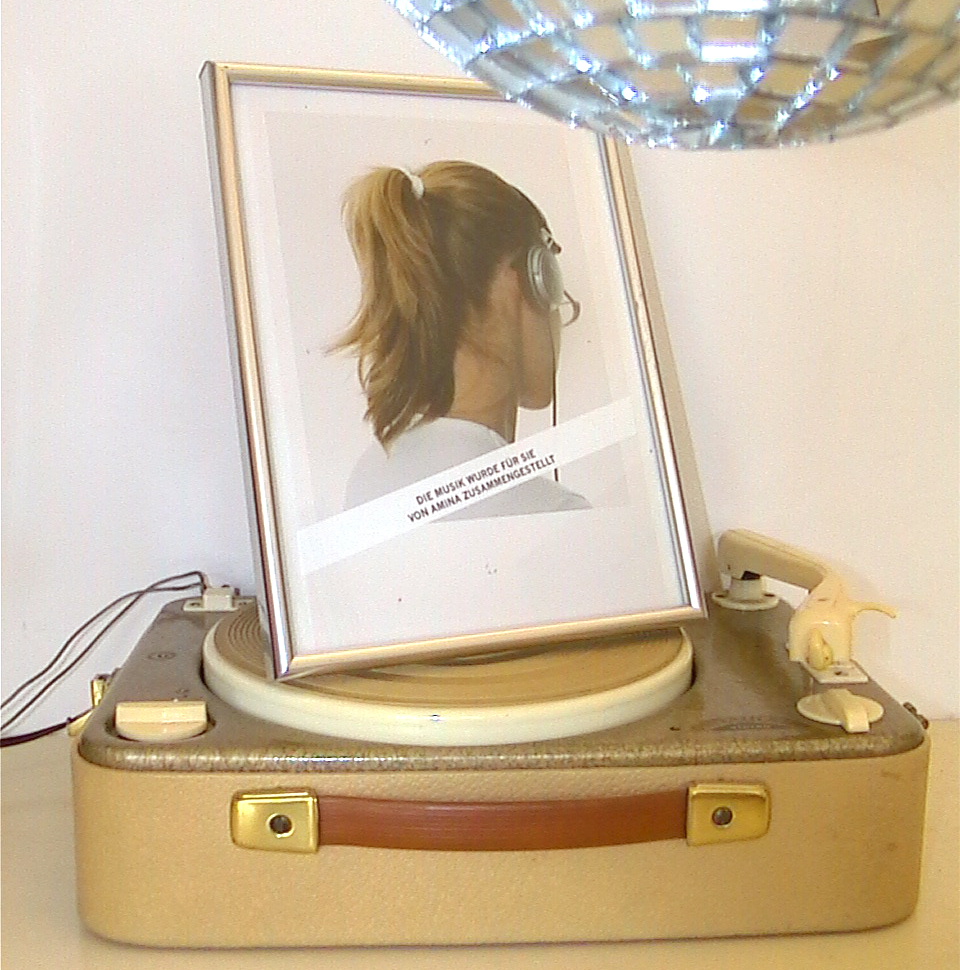Home Invasion deals with questions of freedom of global circulation. There are long lists of organic substances prohibited for import by travelers, depending on where they come from and where they are going. On the other hand, matter spreads around the globe uncontrollably, fueled by movement of goods.
The Home Invasion bottle message jars are as „free“ as some movements or thoughts. They are re-labeled, refilled and smuggled, then left to be taken and to contemplate the value of matter in the right or wrong place. This abstract value is one we give to almost everything. Art may remind us of how relative it can be. What has an ideational value for one may be worthless for everyone else.
The collector of Home (Made) Invasion is also free to attribute value to her or his jar that symbolically crossed borders for them. The act of taking a picture and mailing it to the artist adds to surmount the passivity assigned to art consumers, rewards the curiosity on both sides as one of the most important drives to understand the world around us, and finally completes a circle and the swap deal. Home Invasion is also a possible answer to the question: What remains? And what was it worth?
Initiated in 2022 as part of an artist residency in Chicago, Amina Handke spreads a few Home Invasion jars in art places around the world. To this date (December 2024) a total of 12 jars – each from the artist’s country of origin, Austria, and unique in terms of shape and content – are circulating. They were originally installed in Chicago, USA (Zhou B Art Centre), Alghero, Italy (Museo Casa Manno); Venice, Italy (Austrian Biennale Pavilion), Istanbul, Turkey (Müze Gazhane) and Berlin, Germany (ZK/U). The Pictures that were sent to the artist by the finders/collectors a year later are published here:

